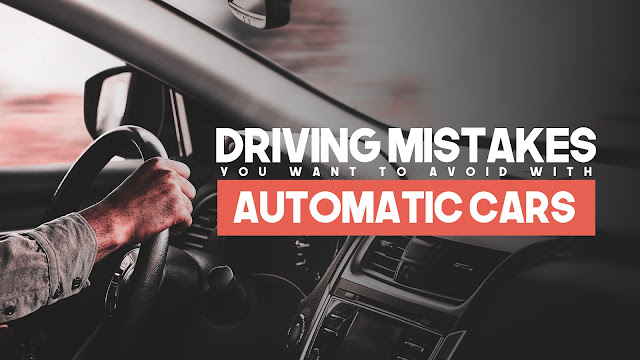Road trips are fun and exciting! It’s a great way to explore new places while gaining a lot of benefits like being able to sharpen your mind, seeing things in new and brighter way, building your confidence to try new things and get out of your comfort zone. But the question is, are you fully ready to go on a road trip? To make sure you get the best out of your travel experience and that you’re prepared when unexpected things come your way on the road, here are the questions you should ask yourself before you even start packing.
1. Do I Know How To Change A Flat Tire?
A flat tire is one of the simplest road troubles that you should expect especially on long drives. But then, even if it’s pretty easy to change a flat tire, the question is do you know how to do it? Don’t assume you can always find someone to help change it for you. So better learn this essential skill before you find yourself in a middle of nowhere with a flat tire.
2. When Was The Last Time I Had My Car Checked?
If you can’t even remember, then chances are it’s been a while. If this is the case, take your car to your trusted car servicing shop for repair and maintenance as soon as you can before your trip. This should ensure you that you vehicle is in top condition and lessen your chances of car troubles when you hit the road.
3. Do I Know The Emergency Hotlines?
Even the most prepared and careful drivers out there get into trouble because of circumstances that are out of our control like the weather. If you get caught up in such cases, you better know the hot lines of proper authorities to call for help.
4. Do I Have Car Tools?
It’s great to learn basic car repairs so that you don’t depend on mechanics every time something needs to be done on your car, especially if you’re on the road. However, having the skills is only half of the solution. You also have to have necessary tools to actually do the repair! If you don’t have tools, maybe it’s time that you buy them.
5. Do I Have A Copy Of My Car’s Documents?
In case you run into a problem, you can easily present all the necessary documents to the authorities. These include the original and photocopy printouts of your car's official receipt, car registration, insurance form, and driver's license.
ALSO READ:



